Physics
Fox
Summary
- Sankey diagrams are used to illustrate energy transfers.
- The arrows split whenever an energy form changes into more than one form.
- The width of each arrow represents amount of energy. Note how the total width is always the same — this demonstrates conservation of energy.

I don’t know what type of energy I’ma push out
Or where it comes from
We can represent energy transfers by using a Sankey diagram. A Sankey diagram is essentially just a big arrow, which is labelled to show any changes in energy forms. The arrow will split if the energy changes into more than one energy form. For example, here is the Sankey diagram for an electric light bulb:

We also might label the amount of energy of each energy form. For example, this lightbulb has an electrical energy of 100J put into it, and it releases 10J of light energy, and 90J of thermal energy. Note that the total energy in is always the same as the total energy out. This is because of conservation of energy.
In a Sankey diagram, we let the width of each arrow represent the amount of energy — in the light bulb example above, the 90J thermal energy arrow is 9 times wider than the 10J light energy arrow. Therefore, we can also see conservation of energy in action by comparing the widths of arrows before and after the energy transfer.

From the question, we can see that there is 1 energy form at the start, and 2 at the end. Let's draw this, including labels for electrical energy and thermal energy:

Because of conservation of energy, if there is 250J at the start, and 200J of this is converted into thermal energy, then there must be (250J - 200J =) 50J of energy converted into the remaining energy form. Of course, for a light bulb this remaining energy form must be light energy.
Light energy is 50⁄250 = 1⁄5 the size of the electrical energy, so this arrow should have 1⁄5 of the width of the electrical energy arrow.

From the question, we can see that there is 1 energy form at the start, and 2 at the end. Let's draw this, including labels for GPE and sound energy:

Because of conservation of energy, if there is 10J at the start, and 3J of this is converted into sound energy, then there must be (10J - 3J =) 7J of energy converted into the remaining energy form. Sound energy is 3⁄10 the size of the GPE, so this arrow should have 3⁄10 of the width of the GPE arrow.
Because nearly all energy transfers produce thermal energy, we can assume this is the energy form of the remaining 7J.

From the question, we can see that there is 1 energy form at the start, and 3 at the end. Let's draw this, including labels for electrical energy, kinetic energy and sound energy:

Because of conservation of energy, there must be (200J - 60J - 20J =) 120J of energy converted into the remaining energy form. Kinetic energy is 60⁄200 = 3⁄10 the size of the electrical energy, so the KE arrow should have 3⁄10 of the width of the electrical energy arrow. (Similarly, the sound energy arrow has 1⁄10 the width of the electrical energy arrow).
Because nearly all energy transfers produce thermal energy, we can assume this is the energy form of the remaining 120J. (This makes sense, as most electronics heat up when you use them.)

Congratulations!
11 of 11 questions completed
+ ⭐️ collected.
Sign up (for free!) to:
• save your progress 📊
• create constellations✨
• customise your fox! 🦊







